We live in anxious times. But how much is based on reality, and how much is down to ‘extreme’ media coverage of events?
As many as one in five children and adolescents are now living with an anxiety disorder, according to NHS Scotland.
Of course, the causes of anxiety in children vary, but there’s no doubt that more young people than ever are struggling with their mental health.
At the same time, it’s never been easier for kids to keep up with events, with smartphones, social media and 24/7 news.
Everything a ‘crisis’
Terror crisis. Covid crisis. Ukraine crisis. Energy crisis. Cost-of-living crisis. Climate crisis. See a theme?
A report by the Scottish Government’s education, children and young people committee said that during lockdown, young people “were bombarded by daily catastrophizing media articles, usually accompanied with graphic visuals of mortality and infection levels.”
This “led to conversations within families and other networks about impending mass deaths.”
‘Kids just see that snippet and the fear gets them’
Caitlin Smart, a mother-of-six from Rothiemay near Huntly, told the P&J she thinks the mainstream media is doing untold damage to the younger generation.
“If you tell children that there is no future, because we’re destroying the planet, what do you expect them to do other than panic?”, she said.
“It’s constant, it’s everywhere you look, and everything is extreme. There never seems to be balance to articles, not even programmes like Newsround which kids watch in school.
“You see the dramatic headline and then read the article and think, ‘it doesn’t actually say anything like that’.
“It’s one thing you or I seeing that, but our brains are wired very differently when we’re young. Kids just see that snippet and the fear gets them.”
‘It’s not a good time to be a parent’
Caitlin said that unlike previous generations, today’s children need protected from ‘alarmist’ media. She limits what her own kids, aged from 18 months to 13 years, see and hear as far as possible.
“It’s not a good time to be a parent, that’s for sure. I do feel that I have to actively protect my children from it.
“If we’re in the car and the news comes on, I turn it off. I never watch the news around my children, I don’t buy a newspaper and I’m very aware of how much time they spend on devices. And I talk to them about what’s been spoken about in school.
“The children watch age appropriate TV including on demand services. Finding a balance is very important. Even more so with secondary children as they have far greater independent exposure to the internet and news sources.
“Our children don’t have access to a mobile phone before secondary school, which we feel is important in keeping home a safe space away from the constant bombardment.
“We try to allow them freedom with age appropriate constraints and attempt to keep an open dialogue. Mealtimes are definitely a fantastic way to find out what may have been raised in conversation at school, or perhaps things they may have overheard and have questions about.”
‘Everything is blown out of proportion, there’s no rational thinking’
Caitlin believes news coverage has not only become more extreme, but she also thinks children these days are being exposed to things that previously only adults would have seen or heard.
And she said both parents and children are being kept in a state of high alert.
“We’re sharing things with children that aren’t appropriate for them, in this new-found ‘discuss everything with kids and keep them in the loop’.
“Previously, kids weren’t exposed to that level of fear.
“It is ridiculous sometimes, everything is blown out of proportion, there’s no rational thinking.
“Things like the cost-of-living situation – kids don’t need to know about that. But it’s everywhere, it’s on every channel, it’s on every advert, it’s on everything.
“And Covid was extraordinary, kids were far too involved in that and put under far too much pressure.
“This constant, alarmist, ‘red alert’ thing, that we’ve got to be in a state of ‘fight or flight’ all the time, you’re not allowed to just be on an even keel, there’s got to be a ‘next big thing’ that we’ve got to be frightened of. Parents themselves are now in a state of constant alert.”
‘Don’t yet know’ what the long-term effect on kids will be
What worries Caitlin more than anything is what this culture of fear is going to do to the young generation when they grow up.
“It’s got so extreme that we don’t yet know the damage it’s going to do to kids, living in this constant state of alert.
“Those hormones that come from a ‘fight or flight’ response just cannot be good for a growing child.
“To be in a permanent state of feeling like you need to react – that is going to really affect children, not just mentally but physically, particularly when they hit puberty.
“We don’t yet know what the long-term effects are going to be. You could have a whole generation of children with severe mental health issues, and that’s an entire workforce.”
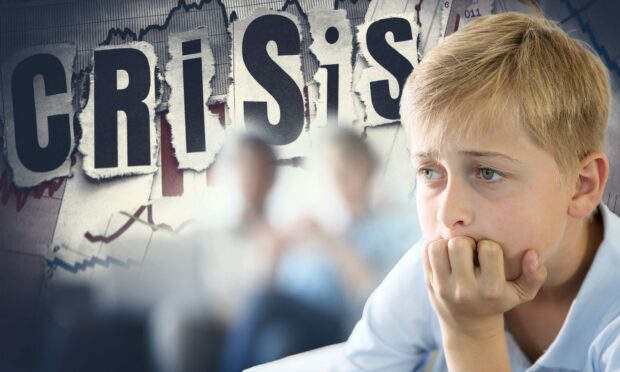

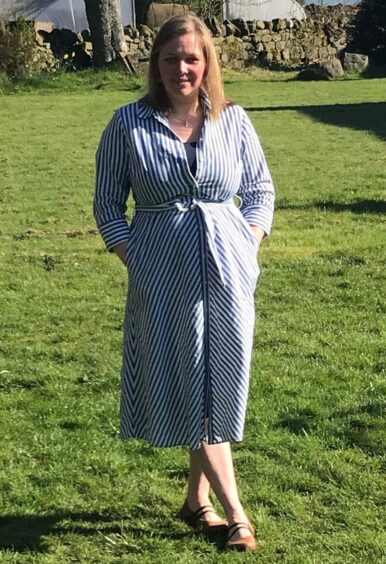
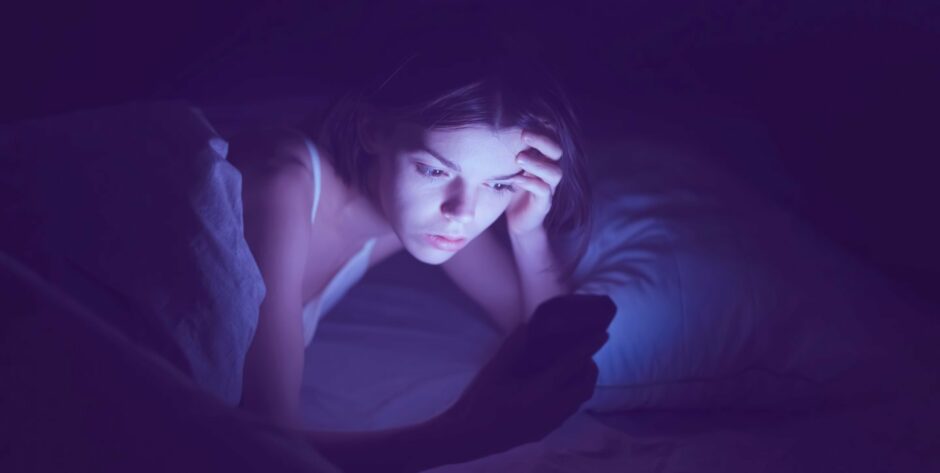
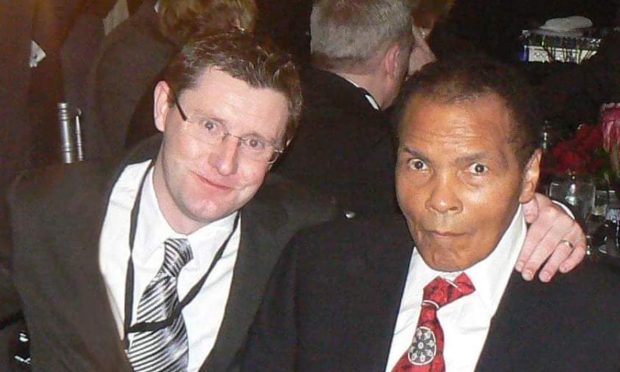
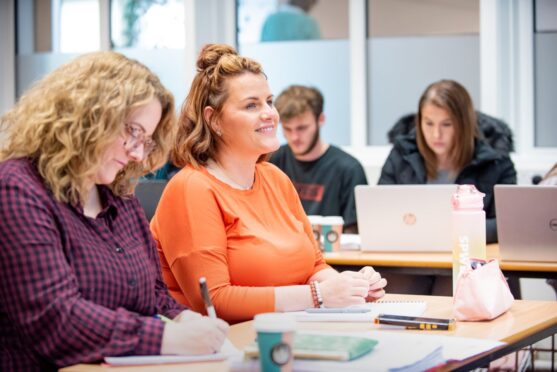

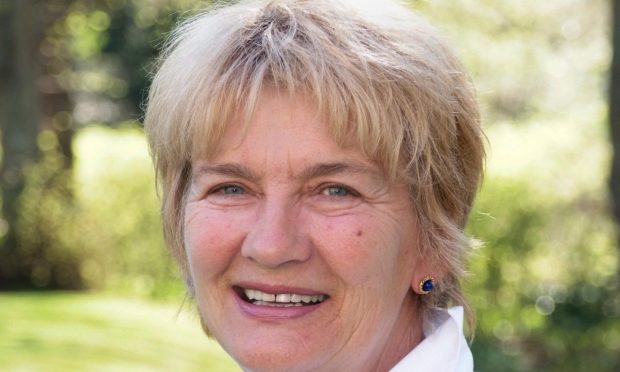
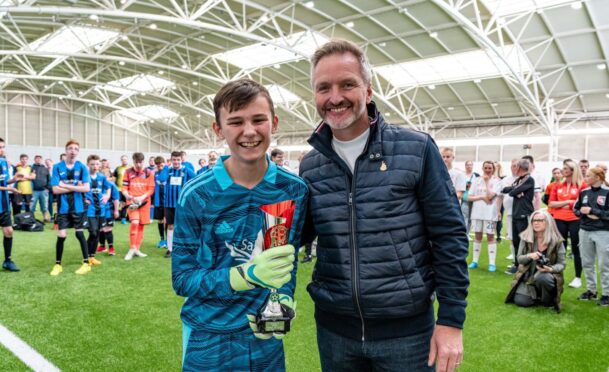
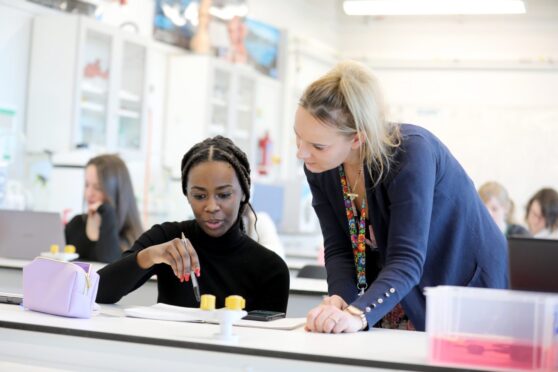
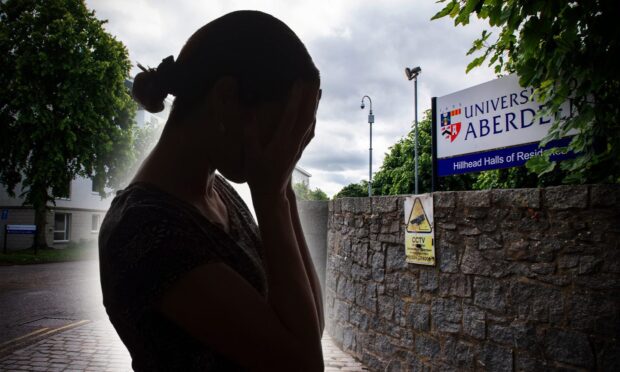

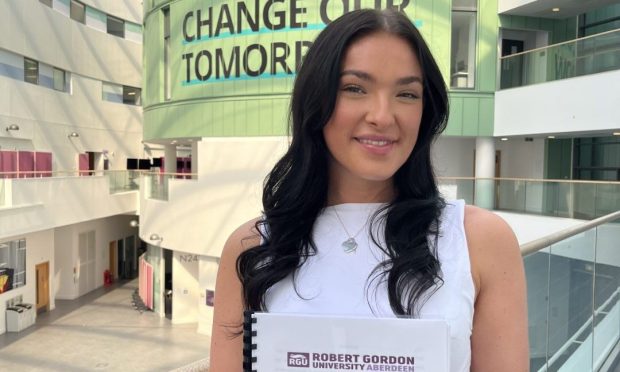
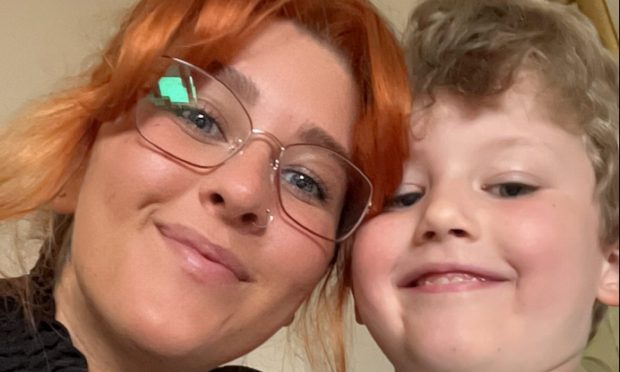
Conversation